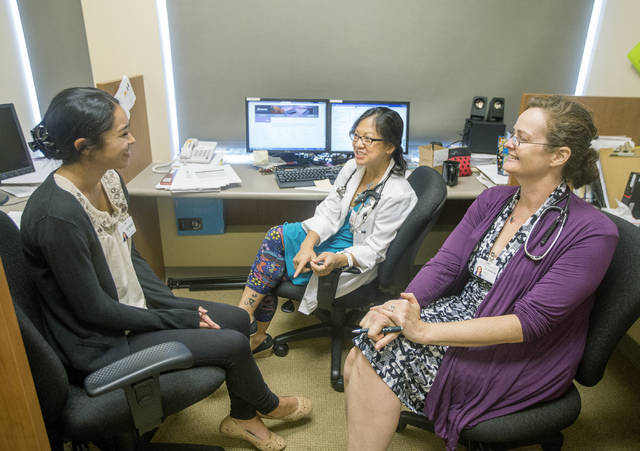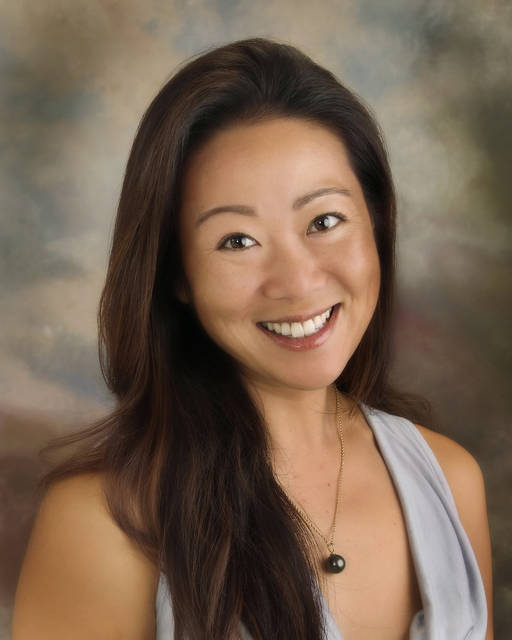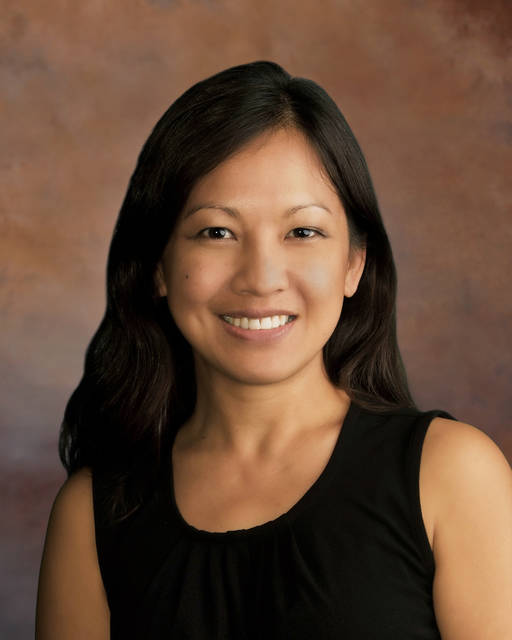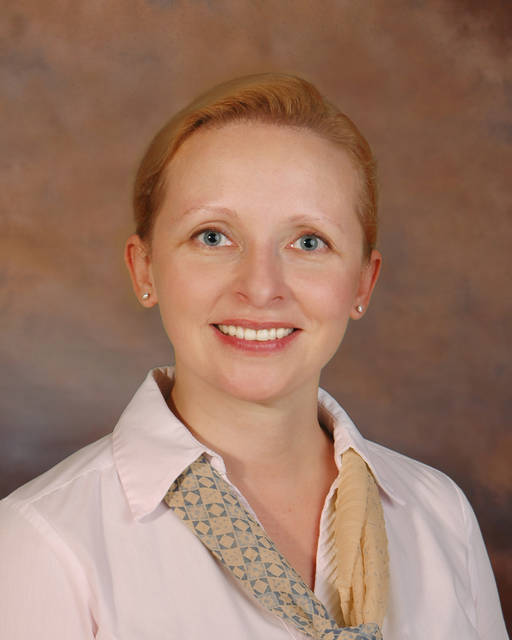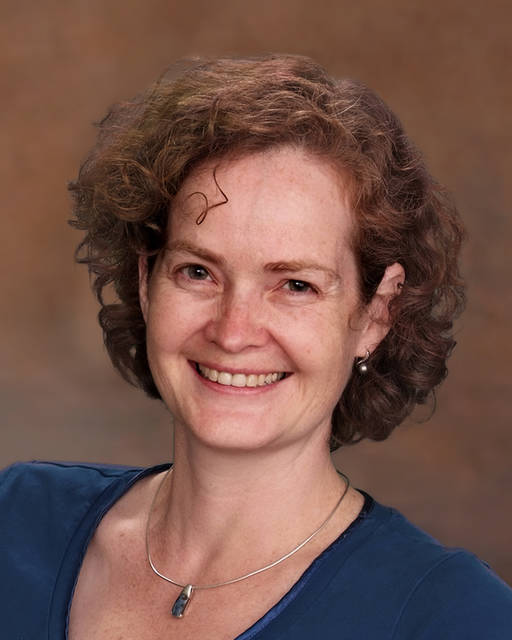First doctors to graduate from Hawaii Island Family Medicine Residency Program
The Hawaii Island Family Medicine Residency Program has done exactly what planners hoped — its graduates now plan to practice medicine in Hawaii; two in Hilo, one in Honolulu.
ADVERTISING
The residency program seeks to encourage graduates to stay in Hawaii to offset a physician shortage on the Big Island, something with which the rest of the state and nation also are coping. Doctors nationally often end up practicing in a community near their residency.
A celebratory event is slated for 2 p.m. Friday at the King Kamehameha statue at Wailoa State Park for the program’s first three graduates.
And those grads’ performance is being described with words such as “grit,” “tenacity,” “resilience,” “willingness” and “persistence.”
Chief Resident Dr. Ka‘ohimanu Dang Akiona, originally of Oahu, attended the University of Pittsburgh School of Medicine. Akiona plans to join the Hawaii Island Family Medicine Residency Program faculty.
“She’s really been a role model for a lot of the kids in this community because she can relate to some of their experiences,” said program director Dr. Mary K. Nordling.
Akiona, Nordling said, joined almost every event she was invited to, including health screenings and keiki days.
Dr. Svetlana Shchedrina attended medical school in Russia and wanted to specialize in family medicine. She connected with key doctors beforehand to “set herself up to excel,” Nordling said. Shchedrina was “invested in getting her residency training here.” She also arranged a community-clinic rotation to see if it might be a good fit.
The Family Medicine Center on Kilauea Avenue is staffed by Dr. Lynda Dolan and Dr. Laurie Hopman, who came to Hilo as faculty for the residency program and became private practitioners. Shchedrina plans to join their practice.
Dr. Seren Tokumura wanted family medicine certification. She had Hilo community connections even before residency. She attended the University of Hawaii at Manoa’s John A. Burns School of Medicine and served patients in Honolulu. She now plans to enter private practice there, providing concierge medicine.
Residency recruiters wanted residents to offer feedback about what worked — and what didn’t.
“Our initial recruiting was looking for pioneers,” Nordling said. The program benefited as a result.
“These residents really stepped up and soldiered on … I’m really proud,” Nordling said.
Candidates have repeatedly told recruiters that nowhere else have they seen such community interest in a residency program.
Planning took nearly a quarter-century, said Dan Brinkman, CEO of the East Hawaii Region of Hawaii Health System Corporation. Rotary, Hilo Medical Center Foundation, Hawaii County, JABSOM, Hawaii Family Health Center, Hilo Medical Center, area physicians, nonprofits and many others played roles.
During candidate interviews, Nordling said, an ICU physician volunteered to carry her pager to free time up.
“I tell that story because that would not happen in Boston,” Nordling said.
Residency training to develop a specialty lasts three years after medical school. There are 12 resident-physicians currently in Hilo, with six medical students expected to visit here this fall to decide if the Hilo program is a fit for their residency plans.
Residents learn about the needs of hospitalized patients and those who stop at a clinic. Essentially, Nordling said, “they care for patients from newborn all the way up to patients in the 90s.” Family physicians in private practice see similar variety.
Residents learn to tell when a patient needs hospitalization. They serve alongside surgeons, with pediatricians and at the outpatient clinic, which ultimately is the “home” of the Family Practice Residency Program.
Nordling loves watching relationships form between resident-physicians and their patients, seeing a resident walk an elderly patient out the door or give stickers to a child.
The state Legislature, Brinkman said, made the residency program stable with an annual $2 million as a line item in the state budget so organizers don’t need to repeatedly resubmit.
“We hope it will be around for a long time,” Brinkman said.
Email Jeff Hansel at jhansel@hawaiitribune-herald.com.


